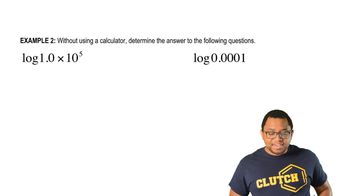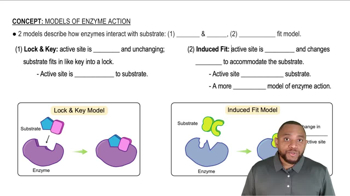Textbook Question
What are the characteristics of Type I diabetes?
 Verified step by step guidance
Verified step by step guidance Verified video answer for a similar problem:
Verified video answer for a similar problem:



 1:53m
1:53mMaster Intro To Carbohydrate Metabolism Concept 1 with a bite sized video explanation from Jules
Start learning